Sharing: Vietnamese sturgeon is about to be ‘frozen
Bui Van Minh, originally from Thuy Tram village in the former Tuy Loc commune (Phu Tho) – a place where hundreds of households make a living raising red carp for sale during the Kitchen Gods festival – saw sturgeon farming as a promising new direction. He boldly mortgaged his family’s land-use certificate and borrowed from both sides of his family to invest in a farm founded by Bui Van Lam, initially contributing 500 million VND, later increasing to 5 billion VND. Together with 20 other investors, they established a sturgeon farming system producing both juveniles and market-sized fish in Phu Tho, Tuyen Quang, and Lao Cai provinces, with a total value of around 100 billion VND.
Currently, Minh is in charge of a sturgeon farm in Quy Mong commune, Lao Cai province. In 2023, the system’s highest revenue (when it only produced juveniles) reached about 100 billion VND, with a profit margin of around 30%. In 2024, they began raising market-sized fish and have sold 80 tons so far, generating 14 billion VND in revenue. In 2025, the system is projected to produce 800 tons of market fish and millions of juveniles – but suddenly the market risks freezing, causing concern not only for the investors but also for 40 hired workers.
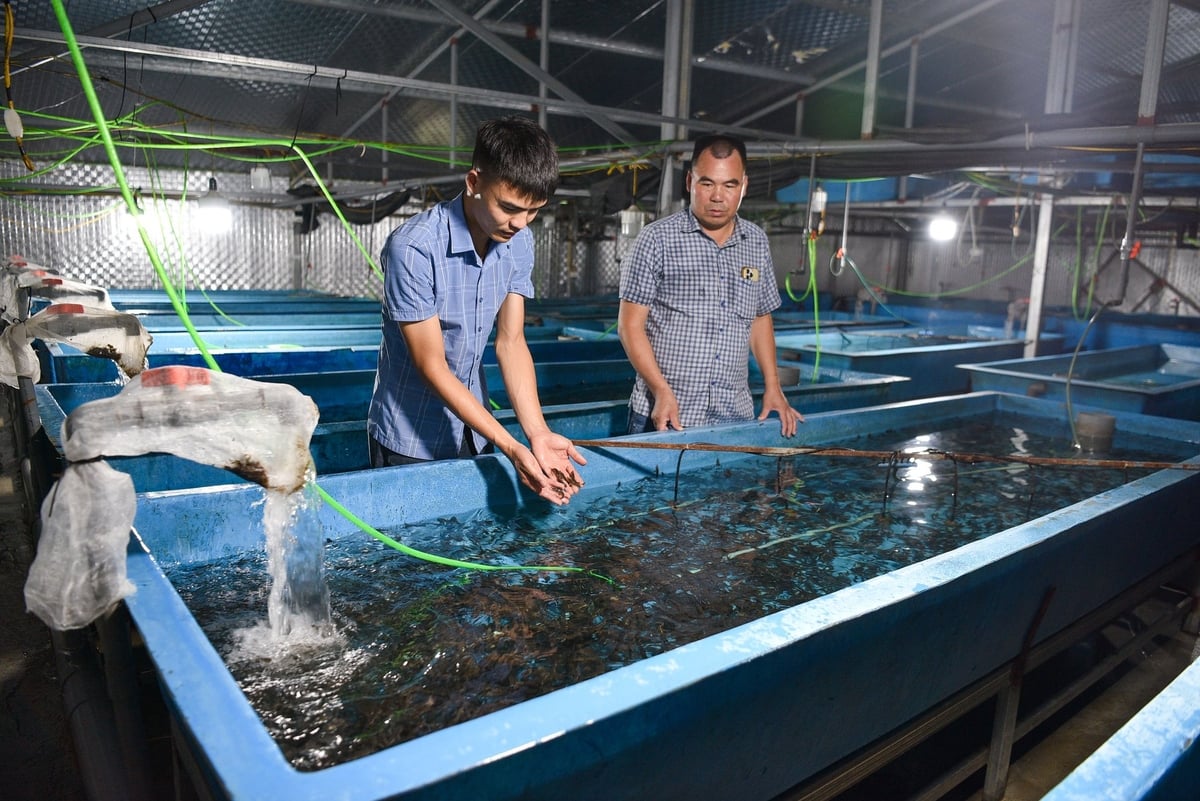
In Trung Son commune, Phu Tho province, their two juvenile farms and one market fish farm have only received a single order for 200 kg of fish in the past two weeks, compared to 15–20 traders from Hanoi, Son La, and Phu Tho coming daily to purchase tons in the past.
According to Bui Van Lam, earlier this year juvenile sturgeon sold for 15,000–20,000 VND each and market fish for 160,000–170,000 VND/kg, but by May prices dropped to only 8,000 VND each (production cost about 10,000–12,000 VND) and 130,000 VND/kg (production cost around 90,000 VND/kg). More importantly, the market has almost frozen.
“The traders have stopped coming. If farm owners can’t afford feed costs, they have to sell off cheaply. But sturgeon is a premium product, not suitable for regular markets, so even selling off is difficult. Now, farms can’t move their market fish, and juveniles can’t be sold either. In my view, this is partly because too many people are farming, and partly because of large volumes of sturgeon imported from China. Currently, about 10 tons of Chinese sturgeon arrive in Hanoi every day, sold at low prices that force Vietnamese sturgeon prices down,” Lam explained.
Previously, the lowest selling price for Vietnamese sturgeon was 160,000 VND/kg, while smuggled Chinese sturgeon sold for 130,000–140,000 VND/kg for a time before disappearing. Back then, each sturgeon shipment required a certification from the local People’s Committee to confirm it was locally farmed. Now, Chinese sturgeon is imported legally, so no stamp is needed – but this also means there is no clear distinction between Vietnamese and Chinese fish. Imported sturgeon sells for 125,000–130,000 VND/kg, similar to domestic prices, but is larger (2.5–5 kg compared to 2–4 kg for Vietnamese fish), available in larger quantities, and of comparable quality when fresh, though with lower survival rates and shorter holding times. Because of long transport times, Chinese sturgeon often suffer bruising and infection, causing ulcers; if unsold within 2–3 days, they develop “mushy flesh.”
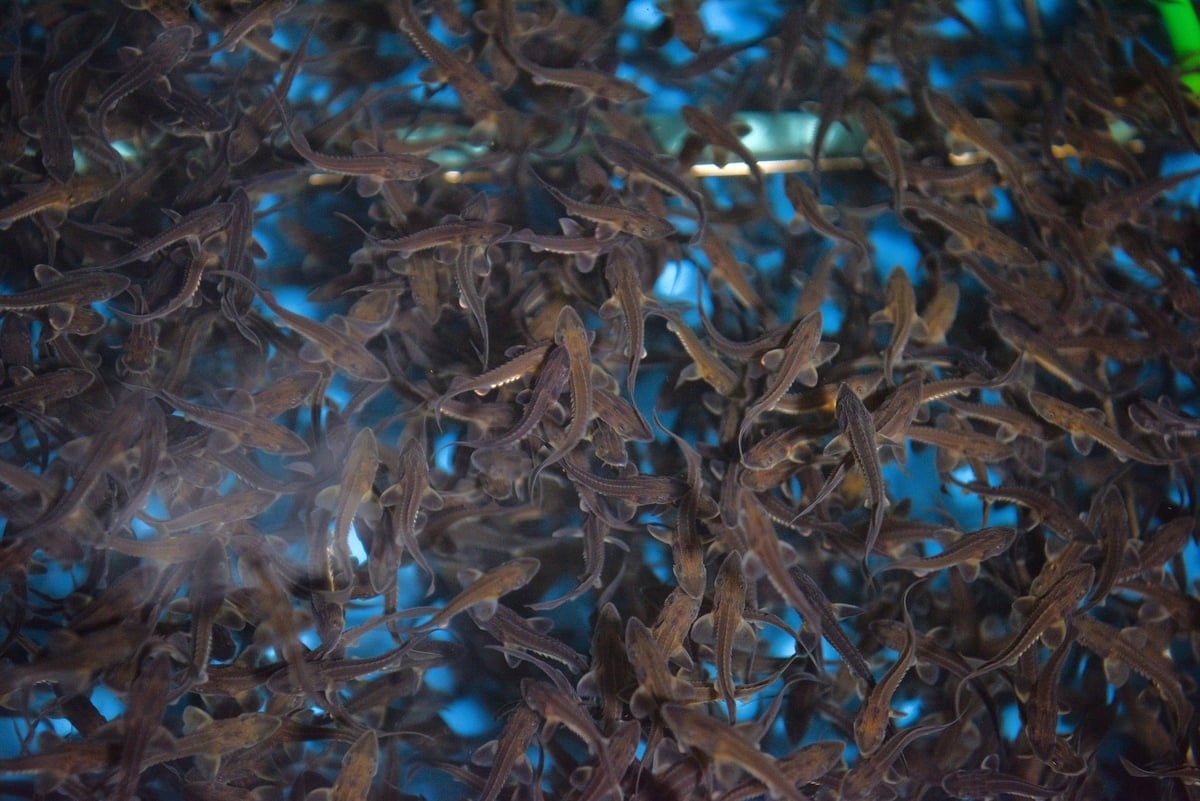
“The problem is that many places sell Chinese sturgeon as if it were Vietnamese. They look the same on the outside, so it’s hard to tell them apart. However, Chinese sturgeon flesh is whiter, not yellow like Vietnamese fish. If kept for long, it loses fat, becomes watery, and mushy,” Lam analyzed.
According to Lam, his farm uses water from pristine forest headwaters, no antibiotics, only probiotics and herbal treatments, saltwater baths instead of chemicals, and high-quality feed, resulting in superior flesh quality. However, traders still treat it the same as conventionally farmed fish. Selling at all is already fortunate: his juvenile tanks are full, with fish now kept even in streams; market fish harvests that used to be at least a ton per shipment are now down to just a few fish, even though it harms the stock and takes extra work.
“The sturgeon farming industry in Vietnam is like a toddler just learning to walk, but it lacks the protective policies to help it run and mature. From small-scale to large-scale operations, we have never received support or preferential loans, nor transportation priority. In China, there are policies offering free transport for sturgeon on expressways. To raise fish, I had to mortgage four family land-use certificates to borrow from the bank and more from outside. The other 19 investors also had to mortgage around 40 certificates. Every day, our farm system spends 100 million VND on feed, nearly 20 million on labor, and 30 million on electricity. Now, 1 million juveniles have grown from 15–20 cm to 25–30 cm over three months, becoming sub-adults, but still can’t be sold.

We have 360,000 market fish from 1–3 kg, totaling about 800 tons. Other farms are in the same situation. If juveniles can’t be sold, market fish can’t be sold either. This is also a shake-out for farms with weak capital, technology, or farming conditions,” Lam said.
At the end of July, the Lao Cai Coldwater Fish Association, whose members each raise from dozens to hundreds of tons of sturgeon, met and proposed joining forces to stabilize prices while increasing productivity and quality to compete with Chinese fish. It is estimated that 50% of sturgeon currently on the market is from China; only certain restaurants and traders with established Vietnamese sturgeon customers still order domestic fish.
“We need government support for origin transparency so that Chinese sturgeon can no longer masquerade as Vietnamese. There should be traceability labels indicating where the fish was farmed and certified by local authorities. The government should also set up a dedicated market in Hanoi for Vietnamese sturgeon so customers know where to buy. Anyone wanting to connect to consume Vietnamese sturgeon can contact me at 0988976857,” Lam urged.
“We can’t ban sturgeon imports, but they must be in suitable volumes, not this flood, and there must be technical barriers; otherwise, Vietnamese sturgeon prices will fall even further. In 2022, we earned 30 billion VND from juvenile sales; in 2023, 100 billion VND. Sturgeon takes nearly two years to reach market size, so the upcoming harvest will be huge,” Bui Van Lam said.
Source: nongnghiepmoitruong
Aqua Mina's distributor in Japan: REX INDUSTRIES CO., LTD
- Address: 1-9-3 Hishiya-Higashi, Higashi-Osaka 578-0948 JAPAN
- Email: kimakubo@rexind.co.jp
- Phone: +81-(0)72-961-9893
- Website: http://www.rexind.co.jp/e/
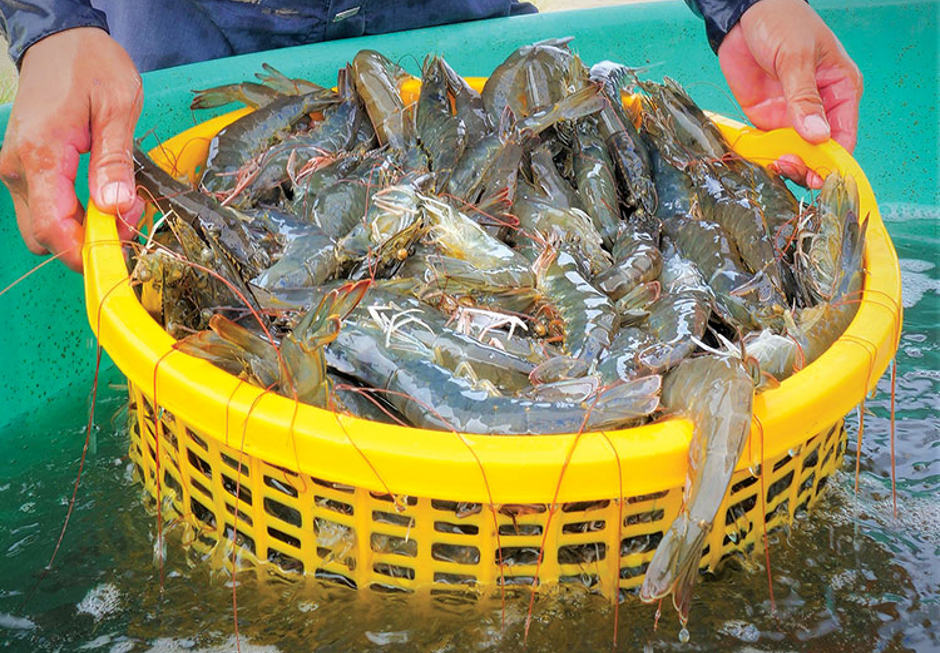
WE WORK FOR YOUR SUCCESS!
Ngày đăng : 13/08/2025
1660 View
Other Articles
Global Shrimp Forum: Global shrimp trade is reshaping
China’s Import Value Up 10%, Vietnamese Shrimp Remains Among Leading Suppliers
After the 7.5-magnitude offshore earthquake in Aomori that injured 34 people, Japan has issued a warning about a potential mega-earthquake
India’s shrimp exports accelerate despite the trade war with the United States
Portuguese food group acquires 18% stake in cod farming company Norcod
Indonesia implements radioactive-free shrimp certification for exports to the United States
India is world’s second-largest shrimp producer. That is now under threat
Ca Mau’s shrimp industry moves towards “green” growth
Floods devastate aquaculture, processing operations in Vietnam
Ecuador Leads Global Shrimp Exports, Surpassing USD 7 Billion in 2025
India's marine product exports rise 16% as new markets offset US dip
Skretting presents the first shrimp feed with insect meal in Vietnam








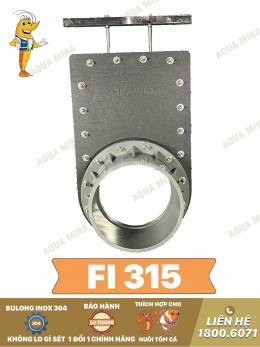
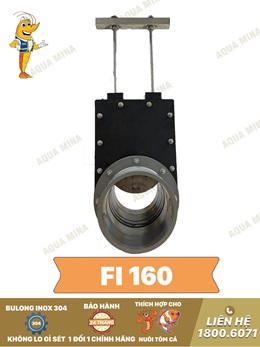
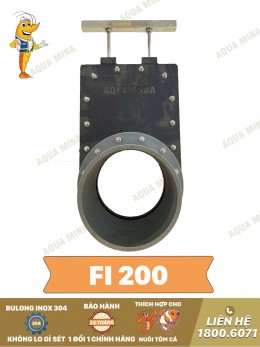
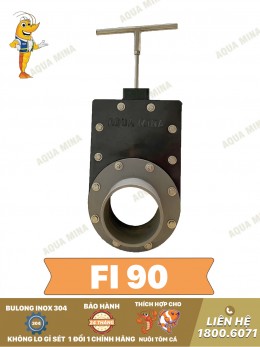
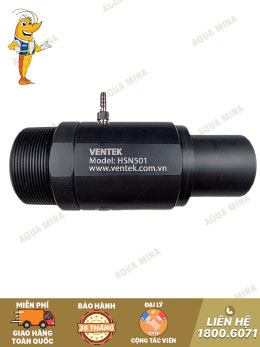
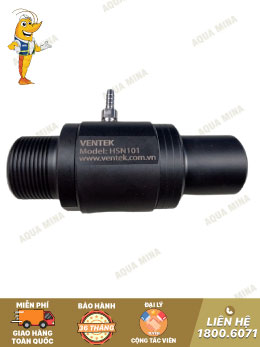
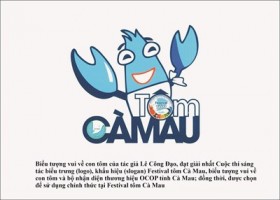
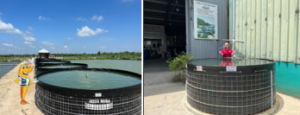
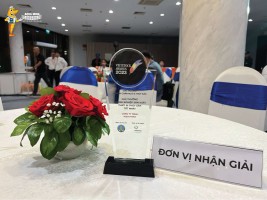
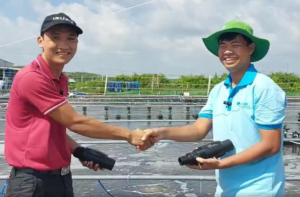
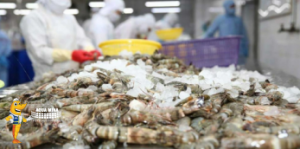
.jpg)